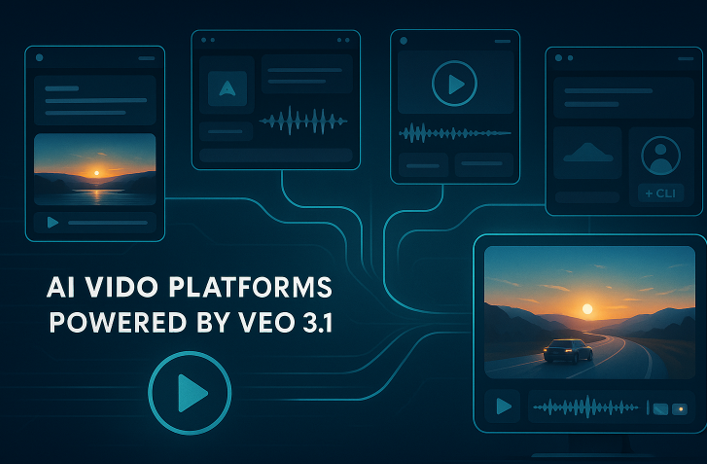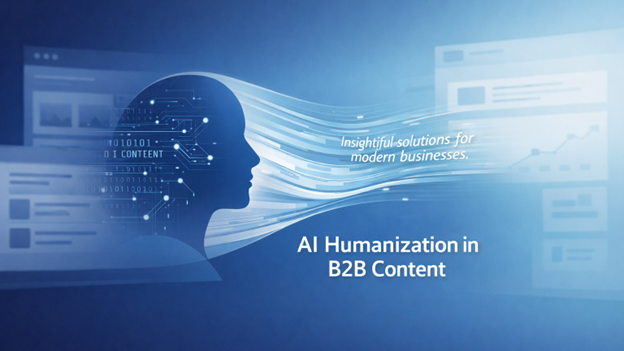User-Centered Design in Custom Enterprise Software
Many companies now choose to develop enterprise software from scratch and tailor it to their unique business needs to achieve better operational efficiency and service quality. Yet, some companies fail to encourage their employees to fully learn and commit to the software information, leading to a decrease in the ROI of custom software projects. According to the State of Digital Adoption Report from Userlane, in 2022, 96% of companies experienced issues with employee software adoption.
At Itransition, we believe that following user-centered design (UCD) principles from the start of enterprise software development can help companies ensure high user adoption. This article covers the concept of user-centered design and highlights its advantages for custom enterprise software development offered by software development companies.
What is User-centered Design?

User-centered design implies keeping end-users’ needs and expectations at the forefront throughout custom software development. Although user-centered design is traditionally used when developing consumer-oriented solutions, companies can leverage its advantages when creating software for employees as well.
In any scenario, the final product should align with user behavior and habits and be convenient and intuitive. This can’t be properly achieved without comprehensive user experience research that allows developers to understand users’ needs and wants.
Key elements of UCD!
When applying UCD to their enterprise development projects, developers should prioritize the following aspects:
a. Intuitive navigation
Typically, people do not want to use software that requires a lot of mental effort to work with it. So developers should ensure their algorithmic trading software solution is easy to navigate and that it enables users to perform the intended actions in comfortable and efficient ways. This, in turn, is impossible if a product has incorrect and unclear logic.
To ensure high usability, UI and UX designers should prioritize easy navigation from early on in the algorithmic trading software project in forex market. In addition, post-development and after the solution’s release, they should regularly review user sessions and data related to user behavior (for example, by running behavior flow reports in Google Analytics) to analyze user flows and optimize them if necessary.
b. User tool-tips and guidelines
Designers can also equip software with tooltips - short messages that appear as a reaction to a particular user action and provide employees with instructions on how to use the software. For example, if an employee hovers a mouse over a data entry field or other interface element, a tooltip can provide brief explanatory text on how to use this element. Additionally, incorporating back-testing software allows users to analyze the performance of trading strategies against historical data, aiding in decision-making processes within financial contexts and explore powerful PSQL alternatives for enhanced database management and flexibility, and integrate regression testing to ensure system stability and reliability.
However, since tooltips are short and action-oriented by nature, designers can’t use them to explain more complex workflows. In this case, employees should be able to easily find a link to a relevant training article or interactive video in the company's knowledge base.
c. Standardization and consistency
All elements of user-centered design (fonts, buttons, icons, etc.) should correspond to each other in styles and colors to create a consistent user experience. Consistency is critical for helping users become familiar with the software quickly and preventing them from cognitive overload down the line.
d. Advanced accessibility
The user-centered design also guarantees the software is used effectively by all user groups, including employees with disabilities. To make enterprise solutions more accessible, designers should ensure they correspond to the minimum contrast ratio of at least 4.5:1 to make content more readable for people with color blindness. Additionally, developers can equip the solution with a text scaling feature to improve the experience for users with presbyopia.
How to design user-centered enterprise software?
Now, let’s explore how to design user-centered enterprise solutions, as it will help highlight the concept better.
1. Research and planning
Business analysts start by analyzing the target audience to gather data for user experience and functionality design. Most commonly, they analyze users’ workflows and software usage with a combination of quantitative and qualitative research methodologies for a more comprehensive analysis. Additionally, business analysts may research graphic design services to ensure visuals align with user preferences, enhancing the overall user experience.
Qualitative research, such as focus groups and in-depth interviews, allows for a deeper understanding of subjective users' needs like their feelings and expectations. On the other hand, quantitative research, such as statistical analysis and surveys, helps get objective and measurable data on user behavior.
Based on this information, designers create user personas or portraits of an average representative of one user segment. For each of these personas, designers also create scenarios, or blueprints describing how people interact with the software, helping determine user flows more accurately.
2. Development
This is where the technical implementation of a product’s idea and coding begin in a software development company & Magento Web development company. At this stage, developers already have all the necessary user requirements for building an MVP, or a prototype of a website or application. When the solution’s idea is validated by stakeholders and end-user feedback is gathered, developers launch an MVP into a full-fledged software solution.
3. Testing
The next step is for QA specialists to evaluate the newly built solution from multiple perspectives to ensure that it works as intended and meets usability expectations. For example, in the case of custom enterprise software used by automotive brands, this might include assessing how effectively the software facilitates a driving theory test. They can also conduct usability and validation testing with real users to understand if there’s something they find inconvenient about the interface or navigation flows and then make design improvements. This approach ensures the solution not only functions correctly but also aligns with user needs and expectations.
4. Release
After testing, analyzing user feedback, and making edits to the product design if necessary, developers release the solution and make it available to all users. From this point on, MVP development for startups becomes crucial as business analysts keep track of how users interact with the software daily by studying user session recordings, customer service interactions, and heatmaps to analyze in-app navigation.
5. Continuous improvement
Based on new data about product usage, developers can improve their solution over time to make it even more easy-to-use and convenient.
Final thoughts
More and more companies are developing custom solutions to address their unique business needs and optimize various operations. Unfortunately, the cost of custom software development may not justify the expected business results if a company doesn’t ensure high user adoption among employees.
Adhering to user-centered design principles during development is essential for promoting software adoption since the product is built around employees’ needs and workflows from the get-go. To build highly functional and user-friendly solutions based on UCD principles, companies can turn to experienced enterprise software developers who are well-versed in best design practices and can incorporate them smoothly into the SDLC.





